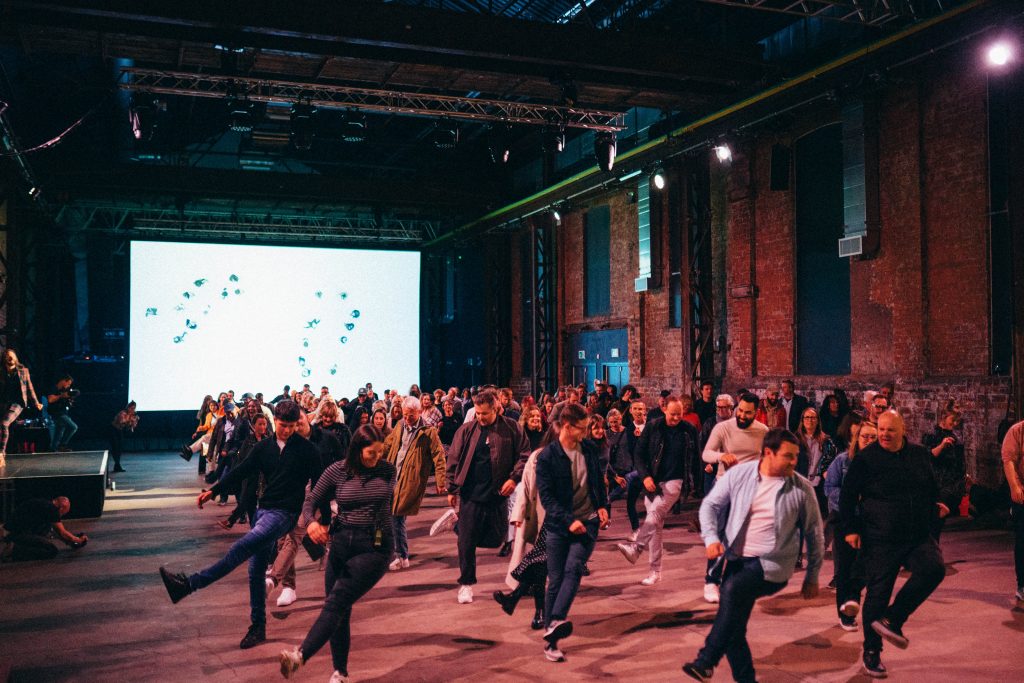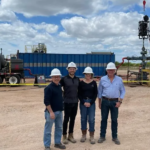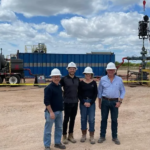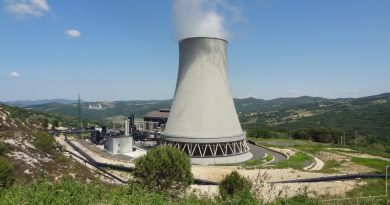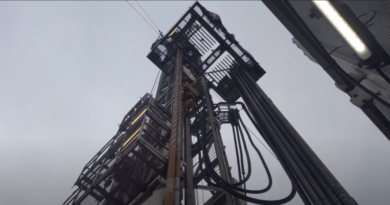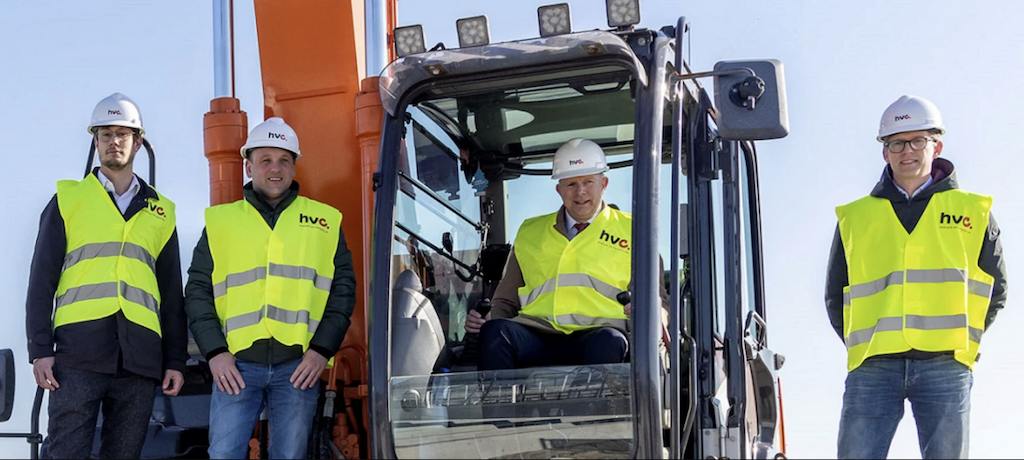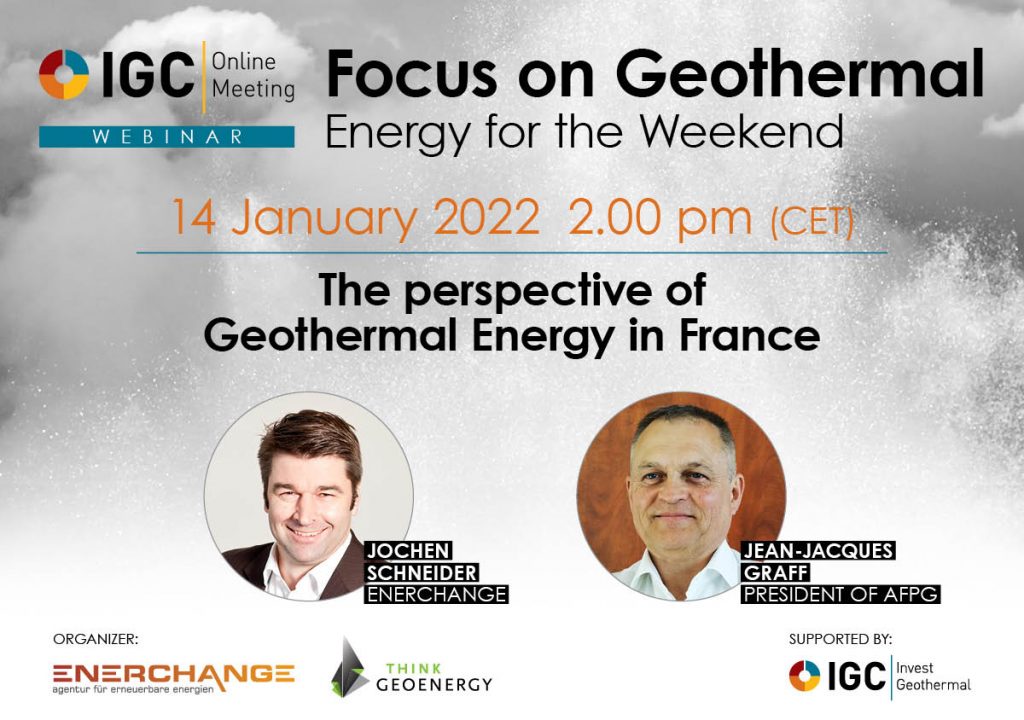Glasgow BODYHEAT project combines human body heat and underground heat storage
Energy Disrupter
The arts and events venue SWG3 in Glasgow, Scotland has launched BODYHEAT – a system that harnesses body heat and stores it in underground boreholes for on-demand use.
After three years of development, Scotland’s leading multidisciplinary arts and events venue SWG3 marked the switch on of the landmark BODYHEAT system. The radical new thermal heating and cooling system harnesses body heat from the the visitors of the venue and stores the heat in 200-meter deep boreholes to heat or cool the venue later.
The BODYHEAT system was activated for the very first time at a special launch event where guests were invited to take part in a very special rendition of the famous Slosh. The heat generated during the event will be used to heat or cool the venue in the days and weeks to come.
Heat is transported using a carefully selected carrier fluid through a closed network of pipes to heat pumps in the plant room, before going 200m underground to the 12 U-shaped boreholes for storage. When the energy is ready to be used, it travels back to the heat pumps where it is upgraded to a suitable temperature and emitted back into SWG3’s event spaces.
The system is active across three separate spaces – a 1250-person capacity event space, a 1000-person event space and the main foyer entrance. One of the heat pumps can even provide simultaneous heating and cooling, meaning body heat can be captured live during an event, and instantly be delivered to the foyer where it can be used to provide heat and maintain a desired temperature.
BODYHEAT has been made possible with support through the Scottish Government: Low Carbon Infrastructure Transition Programme and District Heating Loan Fund (managed by Energy Saving Trust); William Grant Foundation and UK Community Renewal Fund.
Complete disconnection of the gas boilers at SWG3 will substantially reduce the amount of carbon used. In fact, the electricity used to run the BODYHEAT system comes from 100% renewable sources, which means all of the heating and cooling provided is net-zero carbon emissions as of today.
From now, whether guests are going to catch some of the world’s biggest artists, club nights or attending arts events like Jacqueline Donachie’s Beautiful Sunday screening, BODYHEAT will be capturing and harnessing energy in what is an integral part in SWG3’s sustainability focused masterplan. An ambitious plan, the SWG3 vision includes the site becoming completely net zero, unlocking not only the potential of the venue and its people, but also the surrounding areas and beyond, using arts, creativity and nature to help tackle climate change.
“We’re thrilled that after three years of planning, consultation and construction, we are able to switch on the first BODYHEAT system . As well as being a huge step towards our goal of becoming net zero and will hopefully influence others from our industry and beyond to follow suit, working together to tackle climate change. ” said Andrew Fleming-Brown, Managing Director of SWG3.
“The whole TownRock team and I are delighted that the first BODYHEAT system is now up and running at SWG3. A huge congratulations and thank you to our partners Harley Haddow, all the contractors who constructed the system, and the Scottish Government for the funding. We’re ready for all of you to come dance for the planet – make renewable heat with every beat!” said David Townsend, founder of TownRock Energy.
“This is a fantastic scheme, where people really are making Glasgow greener – while having a great time. This innovative approach to reducing emissions and energy use at SWG3 is a great example of how we can all play our part in Glasgow becoming a Net Zero city.” said Councillor Angus Millar, convener for Climate and the Glasgow Green Deal at Glasgow City Deal at Glasgow City Council.
“As the administrator of the Scottish Government’s District Heating Loan Fund, Energy Saving Trust is pleased to support SWG3’s innovative ‘Bodyheat’ project. We hope the story and success of this heating system will inform and influence other low carbon approaches to capturing and re-purposing residual heat and help reduce future emissions.” said Anthony Kyriakides – Head of Renewables. Energy Saving Trust
Source: Email correspondence


